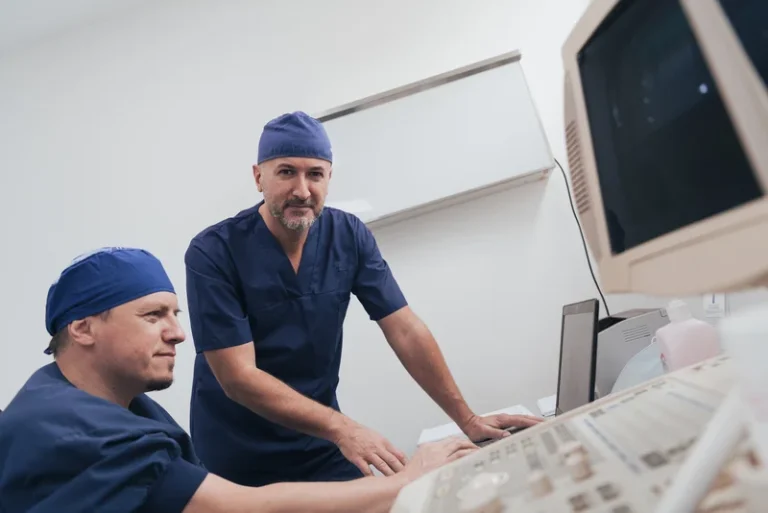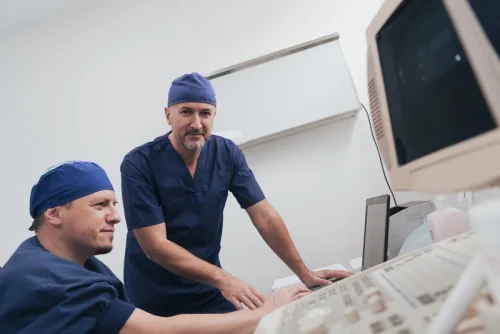
SOURCE successfully replicates historically observed patterns of opioid use and overdose mortality (12). The average R2 against data is 0.76, while mean absolute errors normalized by mean are 12.7% (see table S6). Fifth and last, SOURCE is a national model that, like many such models (whether addressing opioids or almost any other nationwide phenomenon), does not attempt to capture or project regional heterogeneity. Nonetheless, questions might arise about whether the implications of our findings could differ in some regions, states, or locales. The simulation starts in 2022, and all strategies are assumed to come gradually into full effect over 3 years, reflecting time to implementation; they are thereafter permanent.

Accused drug dealer can’t be charged in Long Island teen’s overdose death, DA says

For example, a death that involved both fentanyl and cocaine would be included in both the rate of drug overdose deaths involving synthetic opioids other than methadone and the rate of drug overdose deaths involving cocaine. In the early 2000s, there was a steady fall in prescription opioid misuse initiation and prevalence of misuse. At the same time, OUD involving prescription opioids (“Rx OUD”) continued to rise until a peak around 2011, simultaneous with a continued rise in opioid prescribing.
Overdose reversing spray introduced as cases rise
- Despite the results of the clinical trials, Purdue continued developing OxyContin as a 12-hour drug.
- With Percocet and other short-acting drugs, patients have to remember to take a pill up to six times a day, Purdue told doctors.
- Increasing providers in underserved areas, which would follow the national trend over the past several years, could have a disproportionate impact even if this approach is ineffective at the national population level.
- Instead, the results suggest that reformulation continues to play a meaningful role in explaining the rise in heroin overdoses.
- Purdue and the Sacklers have denied allegations in lawsuits that they contributed to the opioid crisis, and have pointed to heroin and fentanyl as more significant culprits than prescription painkillers.
A Purdue sales rep persuaded him to switch Bodie to a higher dose every 12 hours, according to a judge’s summary of the evidence. A West Virginia supervisor told one of his highest performing sales reps in a 1999 letter that she could “blow the lid off” her sales and earn a trip to Hawaii if she persuaded more doctors to write larger doses. OxyContin accounted for a third of all sales revenue from painkillers that year, according to industry data. By the third year, sales were more than double MS Contin’s peak, according to sworn testimony by a Purdue executive. Sales reps showered prescribers with clocks and fishing hats embossed with “Q12h.” The company invited doctors to dinner seminars and flew them to weekend junkets at resort how addictive is oxycontin hotels, where they were encouraged to prescribe OxyContin and promote it to colleagues back home. After OxyContin hit the market in 1996, ads in medical journals left no ambiguity about how long it lasted.
was a deadly (but hopeful) year in America’s opioid crisis
At first, it increases slightly compared to baseline because reducing prescription opioid availability leads some people to switch to heroin, who then subsequently develop an OUD involving heroin. However, starting around 2028, OUD involving heroin falls compared to baseline because the lower prevalence of OUD involving prescription opioids reduces the population at risk of switching to heroin. Decreasing the number of people who receive an opioid prescription (Fig. 1A, 4) has a larger effect on OUD prevalence (−3.7%) than does a reduction in OUD development rates (−2.4%) as of 2032 (Fig. 1A, 5). This is because reducing the prescribing rate has multiple channels of effect in SOURCE by limiting the volume of prescription opioids in circulation. Specifically, in SOURCE, reducing prescribing reduces misuse initiation by reducing patients receiving opioids and among those who would use diverted opioids.
- Oliceridine had the advantage of being as potent and efficacious as morphine and presented fewer side effects (Viscusi et al. 2016).
- This illustrates how legitimate clinical prescriptions of pain relievers are being diverted through an illegitimate market, leading to misuse, addiction, and death.32 With the increase in volume, the potency of opioids also increased.
- The opioid epidemic began in the late 1990s when the pharmaceutical and health care industries started marketing and prescribing highly addictive painkillers far more aggressively.
- Reduced supply of fentanyl in some parts of the U.S. could be another potential explanation for the decline in overdoses.
- As this 2001 presentation shows, company officials were concerned more frequent dosing would hurt business.
‘I was more or less a zombie’

Our simulations showed that two recovery support strategies had the largest and most sustained effects on reduced OUD and thus also on reduced opioid overdose deaths. Furthermore, these were the only strategies that showed disproportionately positive returns at 10% effect sizes compared to 20%, suggesting that even small improvements in recovery support represent potential leverage points. We project that return to OUD after remission will increasingly become the primary source of OUD prevalence rather than incident OUD.
Health Care Providers
The question is whether the GOP can come up with policy solutions that will have a real impact on the Mexican cartels. But NPR found the overwhelming majority of opioids being smuggled across the border came through legal points of entry. The Drug Enforcement Administration said in December it seized far greater quantities of illicit fentanyl than ever before in 2022. “Anybody will do anything for a pill, it’s ridiculous. They’re dehumanizing people. It’s not a good thing. It’s not going to go anywhere good if the spread of fentanyl continues,” Osborne told NPR. The report also noted that Black adults, women, unemployed people, and individuals living in rural areas were substantially less likely to receive treatment .
- Boosting the dosage could extend the duration to some degree, but it didn’t guarantee 12 hours of relief.
- The older generation of people who have opioid use disorder is dying, and the younger generation sees how deadly the drugs are and may be less inclined to start using them, adds Jay Unick, an assistant professor at the University of Maryland School of Social Work.
- The interagency efforts are aimed to both identify those who use anonymizing technologies to purchase illicit narcotics and direct them to available resources.
- First, while SOURCE includes all overdose deaths involving opioids, including those that also had methamphetamine or cocaine present or were due to counterfeit pills, it does not explicitly track those or the broader category of polysubstance use.
- To summarize the effect on overdose death rates, we consider the net effects of reformulation on total fatal drug overdose rates.
- As of 2021, America’s drug epidemic was the deadliest it had ever been, according to federal data.
Homicide by overdose

Studies, such as those by Wainwright et al.197 and Ochalek et al.198 estimate that opioid use and overdose deaths may be increasing, just as reported by the media. However, by 2017, our estimates imply that reformulation increased overdose rates by over 11.6 overdoses per 100,000 people, more than a 100 percent increase relative to our counterfactual. Interestingly, Figure 6 suggests that the overdose rate would have gradually decreased in the absence of reformulation (holding everything else constant).10 This counterfactual decrease may simply be the result of extrapolating too far out of sample. However, the estimated decrease would be consistent with policy-driven improvements and changes in prescribing patterns beginning to reverse the course of the opioid crisis in the absence of growth in illicit opioid markets. These policy-driven and culture-driven overdose reductions, which have been found in the literature for a variety of implemented policies,11 could be masked by national trends driven by the transformation of the opioid crisis. In addition, we observe spillovers into nonopioid drug markets potentially among people with little prior medical or illicit opioid exposure.

The United States’ three largest pharmaceutical distributors, AmerisourceBergen, Cardinal Health and McKesson Corporation reached an agreement in October 2019 where they will pay two Ohio counties a combined US$215 million. As part of the deal, Israel drug manufacturer Teva will also provide US$20 million in cash and US$25 million worth of Suboxone, an opioid addiction treatment. https://ecosoberhouse.com/ Cuyahoga County (Cleveland) and Summit County (Akron) brought the suit in US Federal District Court (Northern District of Ohio).

Leave a Reply